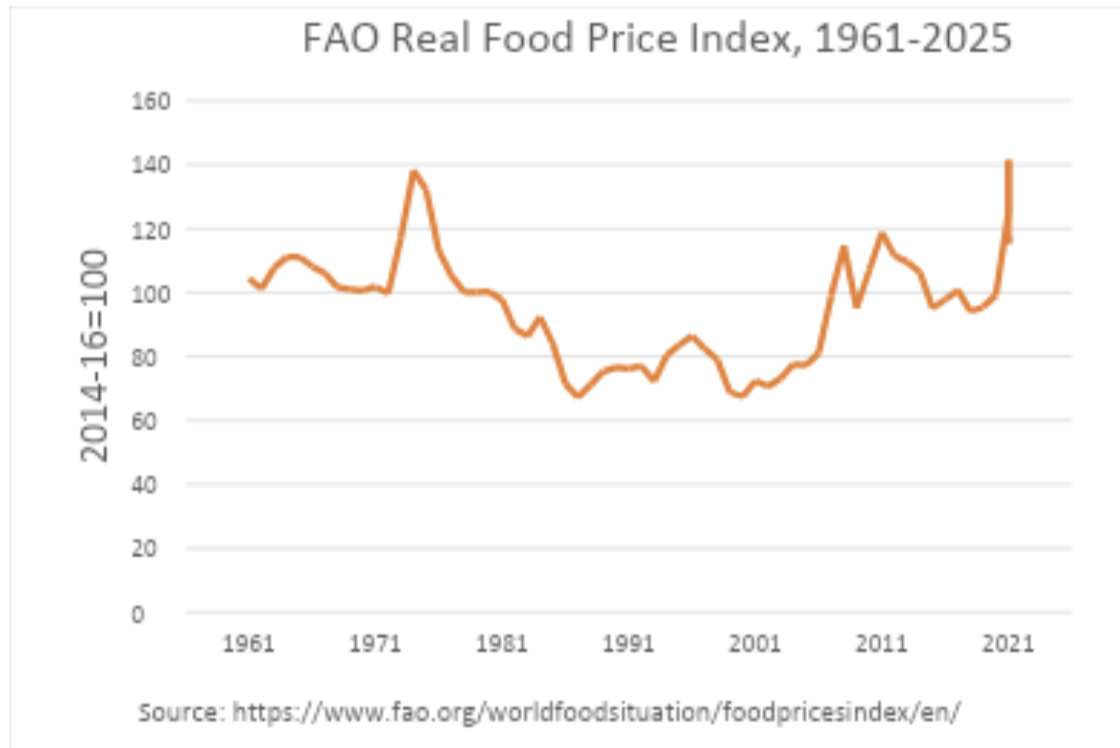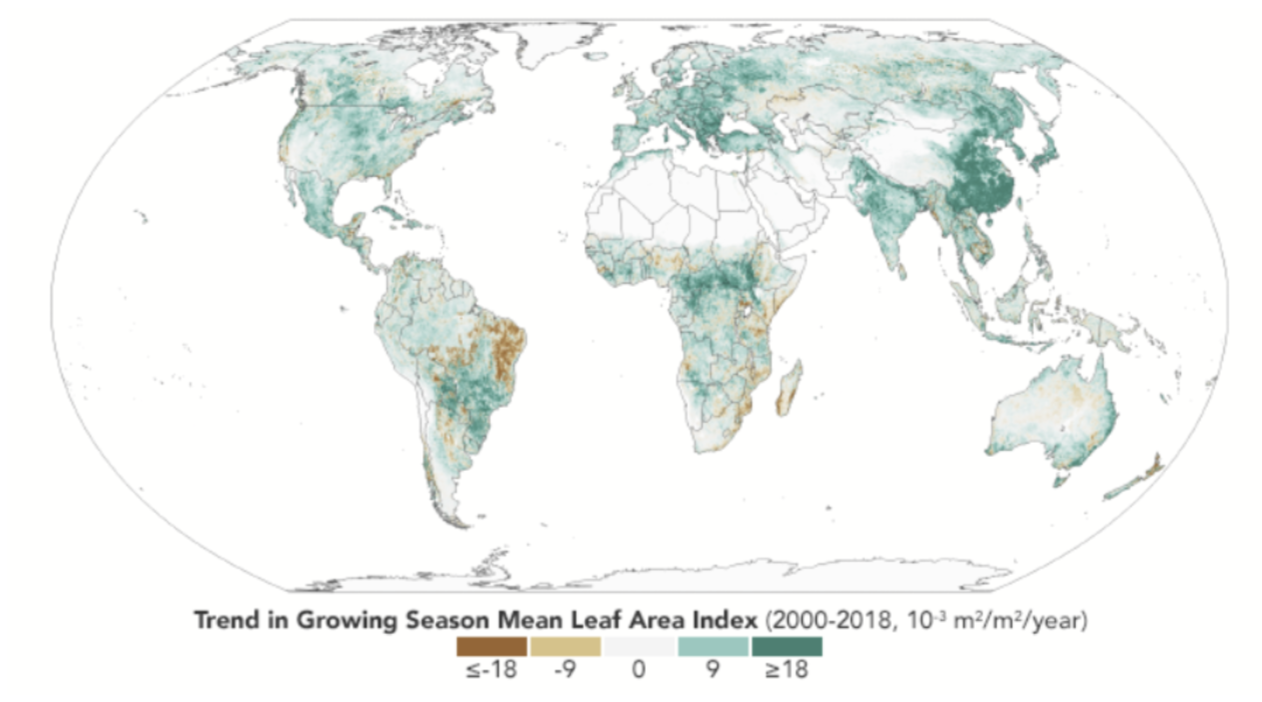The doomsayers of the 1890s saw our cities drowning in horse poop. The doomsayers of the 1930s saw a final battle between freedom and fascism. The doomsayers of the 1950s and 60s saw the Cold War ending in nuclear apocalypse. The doomsayers of the 1980s saw the world about to boil with global warming. The doomsayers of 2001 saw a final reckoning between 1.5 billion Muslims and 2 billion Christians. The doomsayers of 2020 saw a rerun of the Black Death.
They were all wrong. Terrible wars and huge losses did occur, but in spite of them, human progress has been relentless. Every decade of the modern era has ended with more people living longer on this planet. Threats were real, but underneath it all we humans still kept making headway, improving life on average for the masses.
What was feared was averted, in short, by competition. Every region stupid enough to regress towards stagnancy or destruction was taken over by those who instead chose progress, helped by the technological advantages that came with that progress. The Austrian and Ottoman Empires thereby met their ends. Every ideology arrogant enough to challenge too many neighbours with too much hatred and oppression was eventually taken down a peg by those neighbours, as was seen with Nazi Germany or colonial-era France and England.
Advertisement
Today, those in power are once more on a destructive rampage in most countries of the world. We live in a time of neo-feudalism, with the powerful hanging on to their privileges and harvesting new ones by starting wars, announcing health crises, and surveilling the hell out of us. It would be easy to cry doom again and say times are terrible.
Yet even in the midst of horror, it is vital – if we wish to find the hope and courage to fight on – to stop and smell the roses. What good things are happening in the world, and what is still truly good about the West? Settle in for a joyful reckoning that we hope will put a smile on your face.
Five Positive Trends
World agriculture is in rude health, easily accommodating our growing population, in spite of large shocks to trade routes. The world food prices that peaked in early 2022 have fallen back to levels seen (in real terms) in 1973, whilst per-person real incomes have risen over 250% since 1970. That is amazingly good news, driven essentially by an abundance of spare agricultural land that can and will be cultivated when food prices rise. The untapped potential of land not under cultivation has risen over time, as yields have risen and climates have become more favourable for growing. Canada, Central Asia, Brazil, and elsewhere still have enormous spare agricultural capacity.
Increases in yields since the early 1960s have resulted in 18.1 million square kilometres of cultivable land being left idle by 2023. Increased agricultural production has been a global phenomenon for the last 40 years, though the increase is slowing down. One factor driving this has been new technologies, including new crops and new farming methods. Another driving factor is more CO2 in the air, courtesy of massive and increasing fossil fuel burning. The good news, therefore, is that humanity is not remotely in danger of producing inadequate food for itself any time in the next 50 years. We can confidently predict that food will remain cheap and abundant over the coming century.

Globally, nature is thriving in terms of leaf coverage and raw local diversity. Tree rings and leaf coverage are up almost 40% globally, tracing a near-continuous upwards line over the last 50 years. This global greening is, again, the gift of fossil fuel usage, which has released fertilising CO2 from its geological depths. As shown in the map below, the greening dividend has been highest in China, India, and Europe, which is where half of humanity lives and grows food. Barring political intervention, humans will dig up a lot more fossil fuels in the coming 50 years, so this positive trend should also be expected to continue: we will see more plants and more animals.
Advertisement
Even the deserts are greening, thanks to the extra CO2 and extra rain. So 'nature' as a reasonable person would define it is going very well and with little realistic endangerment on the horizon, except of course if you choose to define 'nature' as the specific types of living things that were around 50 years ago, because that definition allows/compels you to claim that all change is bad, even if that change is to have more living things (i.e., more nature).

Water desalination, solar power generation, and small nuclear power generation have all become a lot cheaper over the last 20 years and look set to continue to become even cheaper. This is great news for humanity as a whole, because it means our energy-intensive way of life can likely continue indefinitely, even if the fossil fuels were to run out. Cheaper desalination furthermore guarantees that coastal cities are no longer reliant on rainwater or rivers for their water needs, making them more sustainable and independent. Better yet, the combination of cheap water and energy promises the ability to fertilise desert inlands in Australia, Arabia, and other places, unlocking yet more of the natural potential of the Earth.